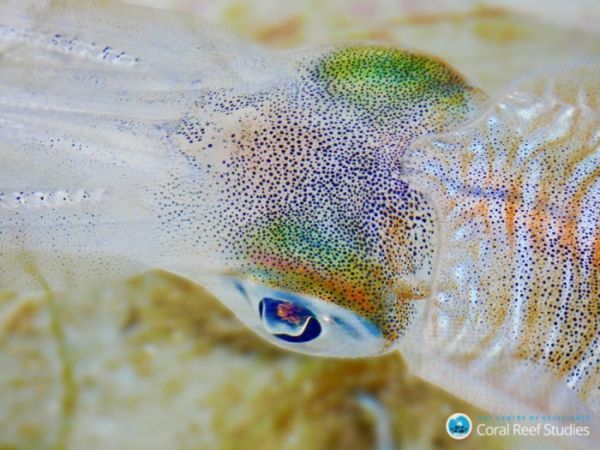Coastal cities worldwide would face a reduced threat from sea level rise if society reduced greenhouse gas emissions, with especially significant benefits for New York and other U.S. East Coast cities, new research indicates.
The study, by scientists at the National Center for Atmospheric Research (NCAR), used a powerful computer model to tease out the ways that winds and currents in a warming world push ocean water around, lifting it in some regions and lowering it in others. The scientists examined how these variations in sea level rise would change under two conditions: if emissions continue on their current trajectory, or if they are sharply reduced.
>> Read the Full Article

MIT researchers have developed a system that can produce images of objects shrouded by fog so thick that human vision can’t penetrate it. It can also gauge the objects’ distance.
An inability to handle misty driving conditions has been one of the chief obstacles to the development of autonomous vehicular navigation systems that use visible light, which are preferable to radar-based systems for their high resolution and ability to read road signs and track lane markers. So, the MIT system could be a crucial step toward self-driving cars.
>> Read the Full Article

Scientists have found that high carbon dioxide levels cause squid to bungle attacks on their prey.
PhD candidate Blake Spady from the ARC Centre of Excellence for Coral Reef Studies (Coral CoE) at James Cook University (JCU) led the investigation. He said that the oceans absorb more than one-quarter of all the excess carbon dioxide (CO2) released into the atmosphere by humans and this uptake of additional CO2 causes seawater to become more acidic.
>> Read the Full Article

 ENN
Environmental News Network -- Know Your Environment
ENN
Environmental News Network -- Know Your Environment